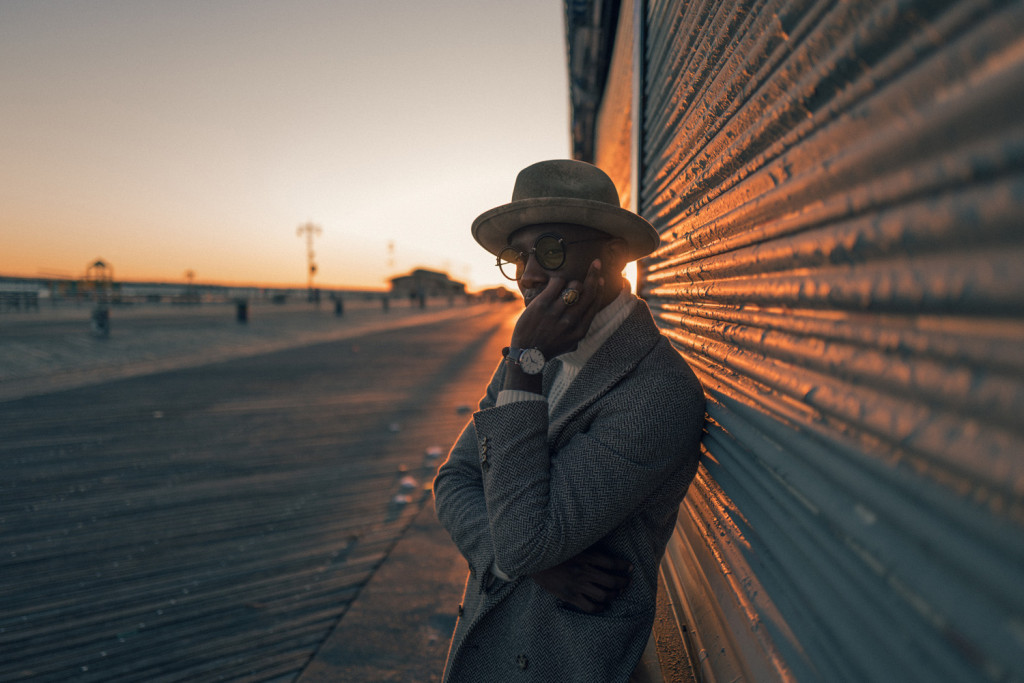
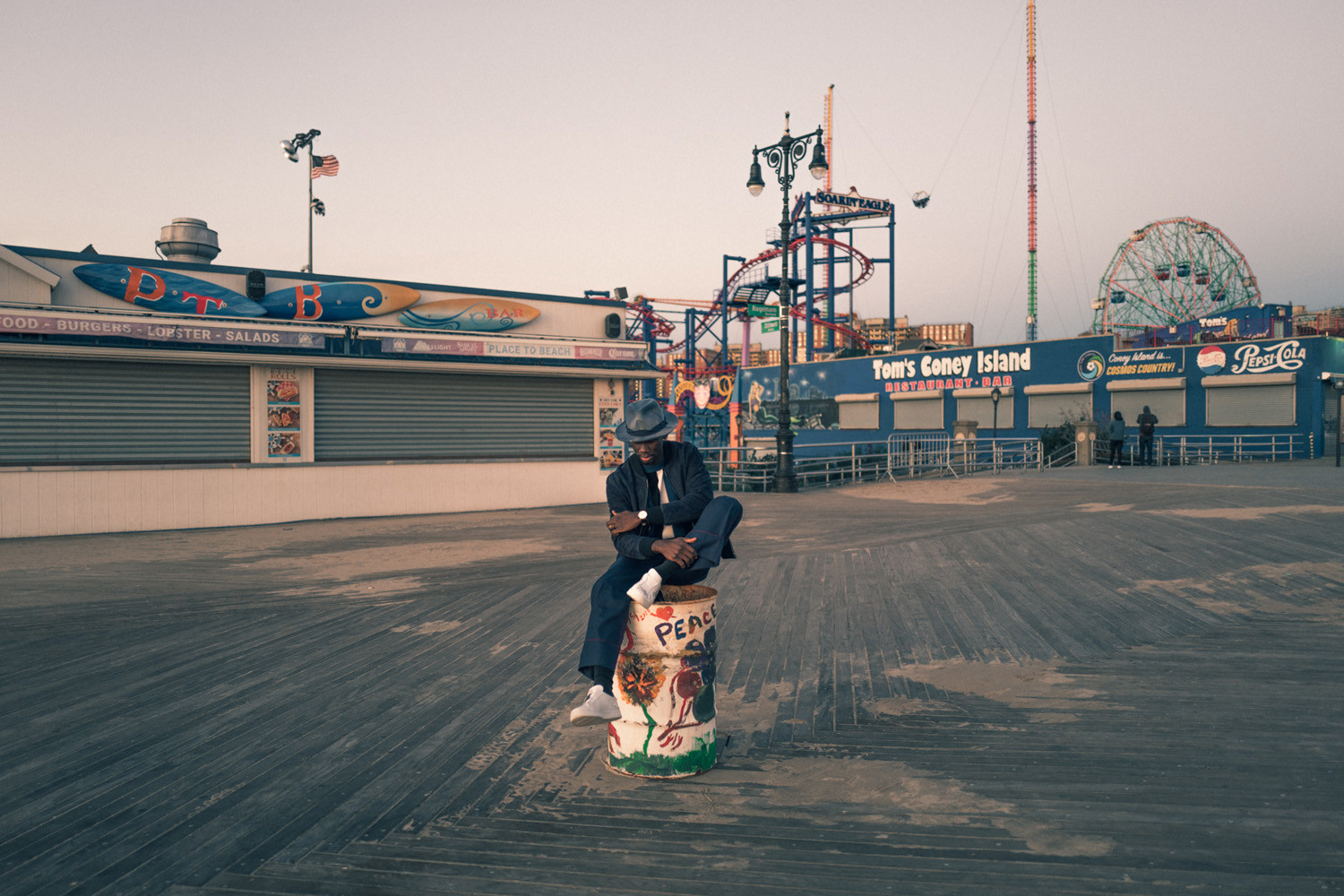

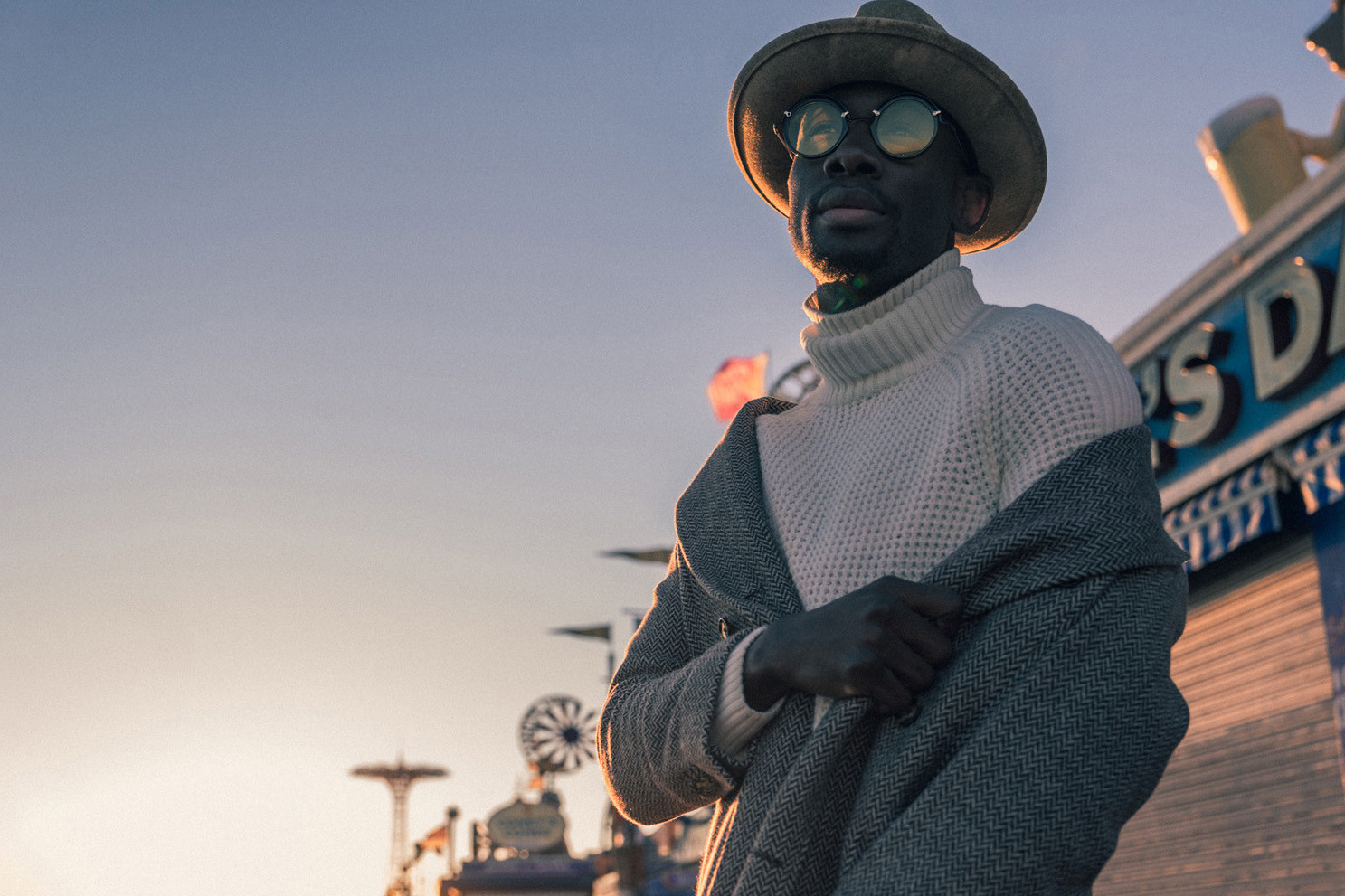
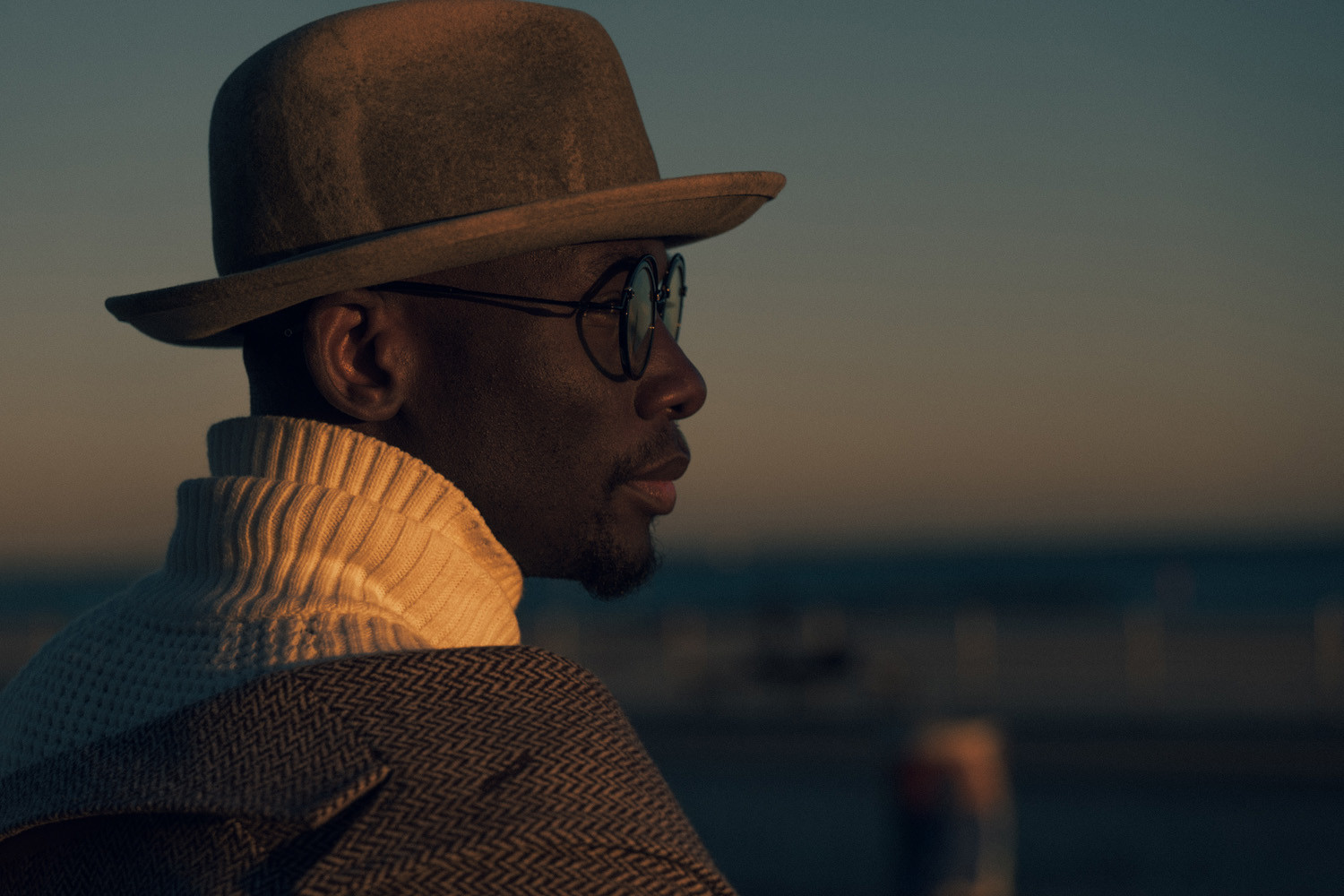
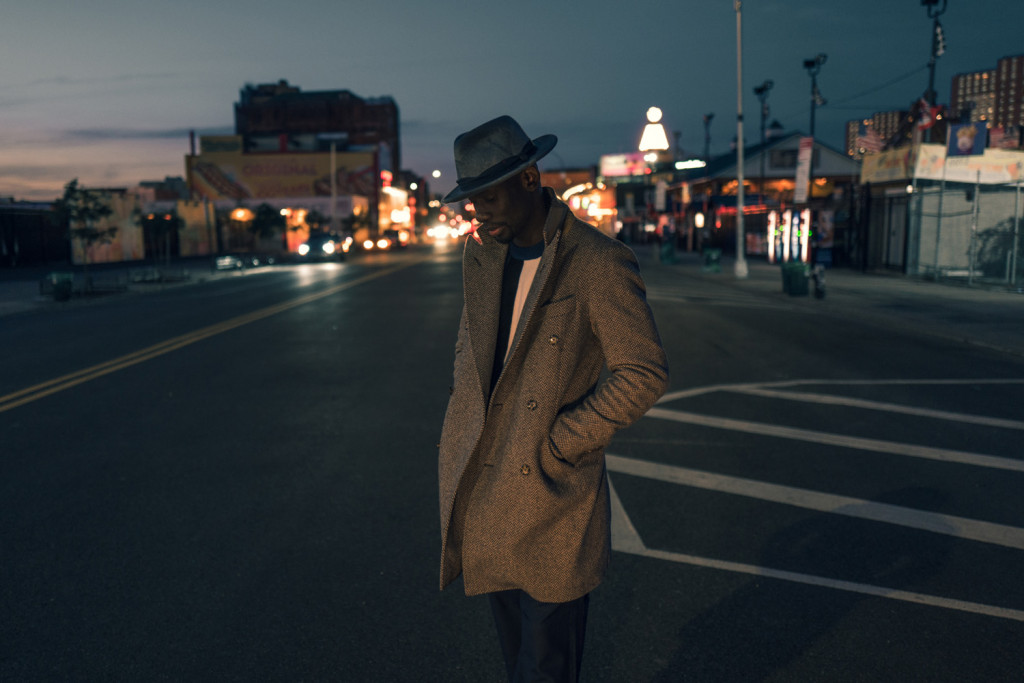
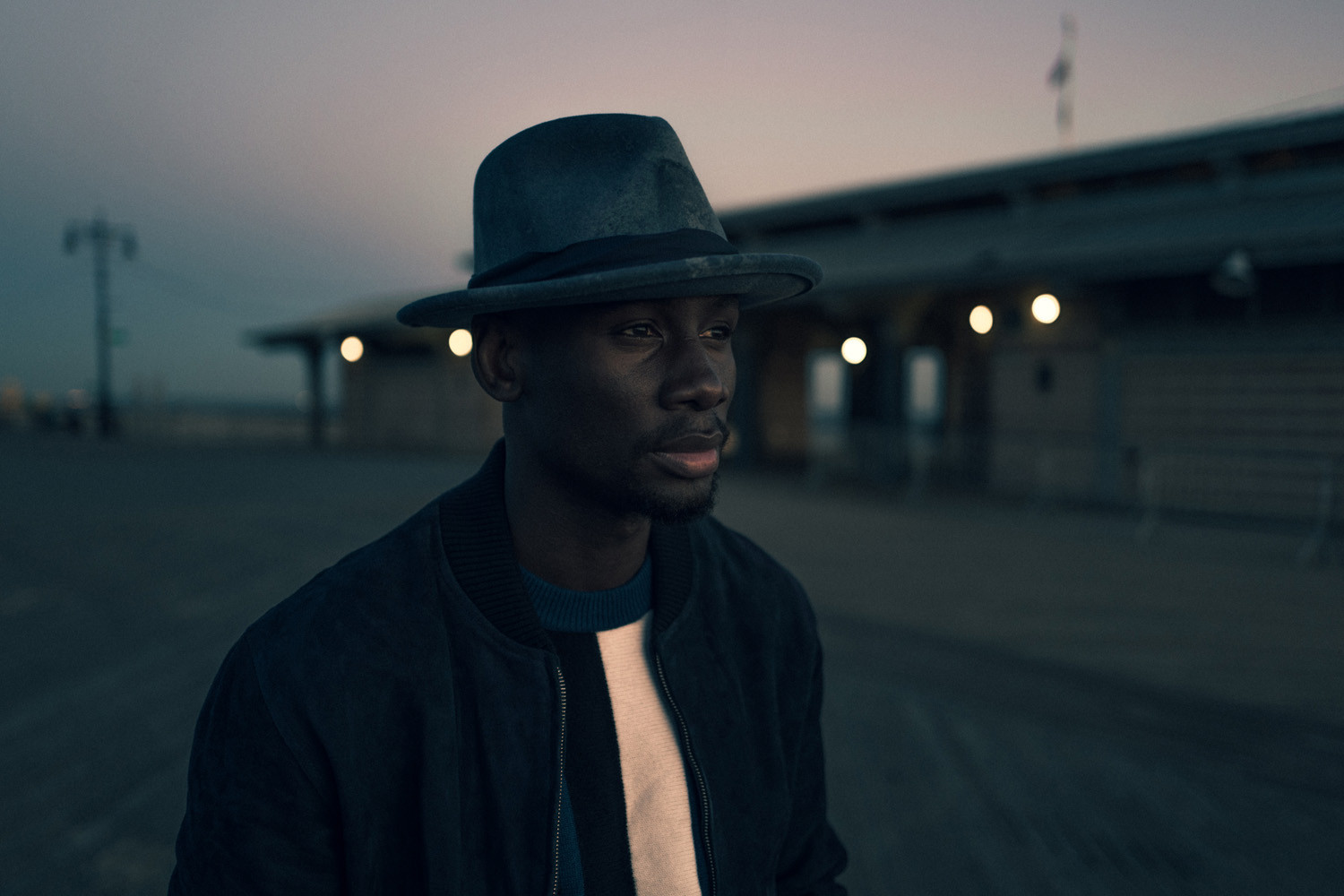
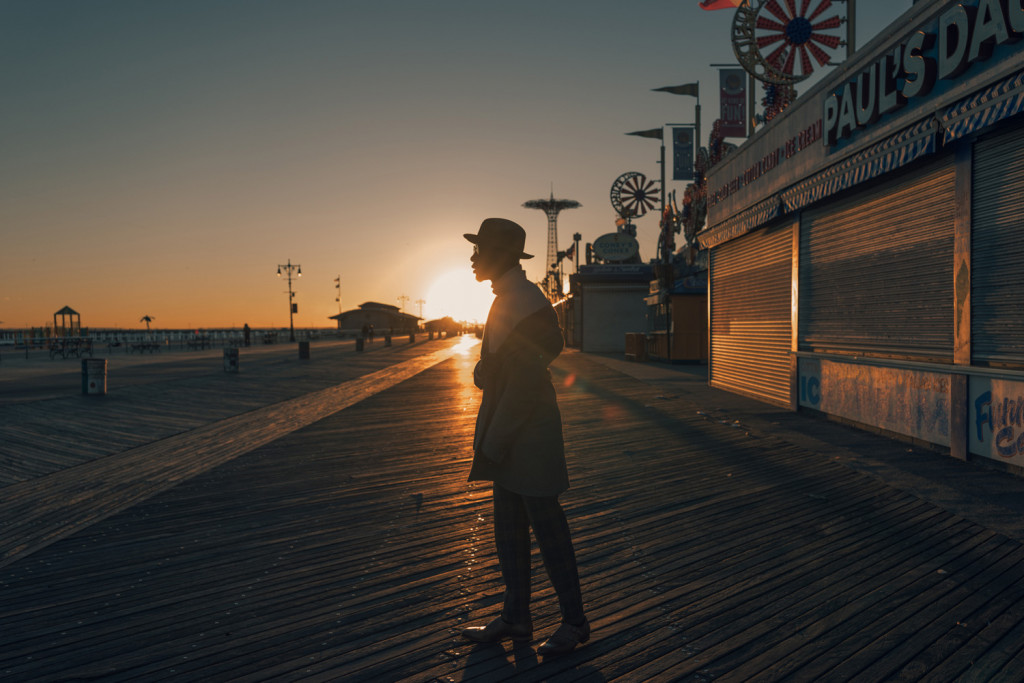
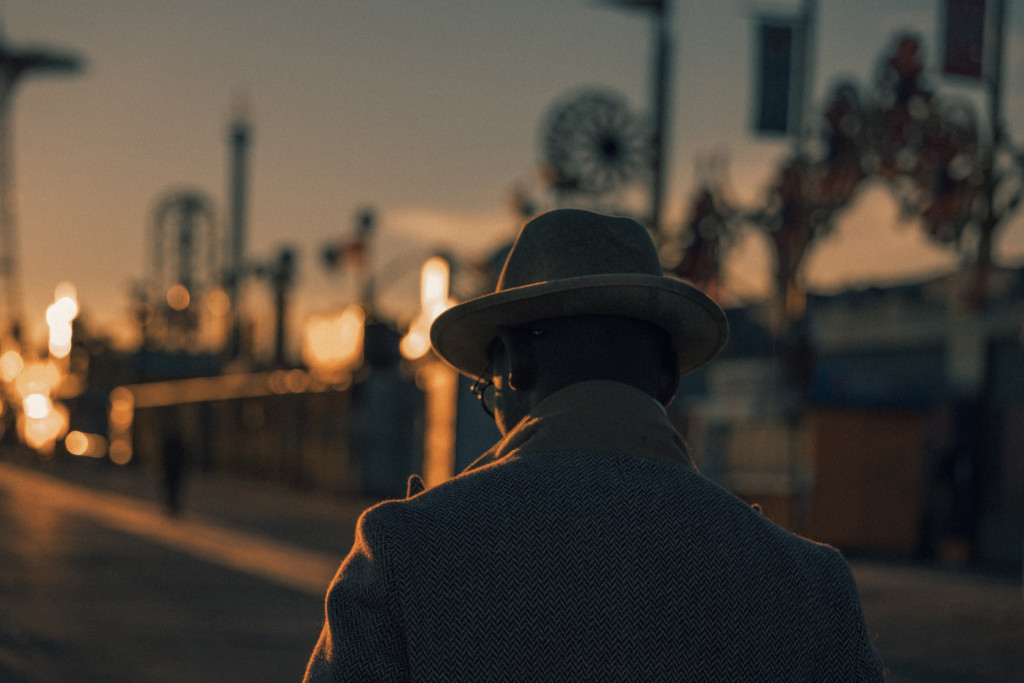











INTERVIEW
Franck Bohbot
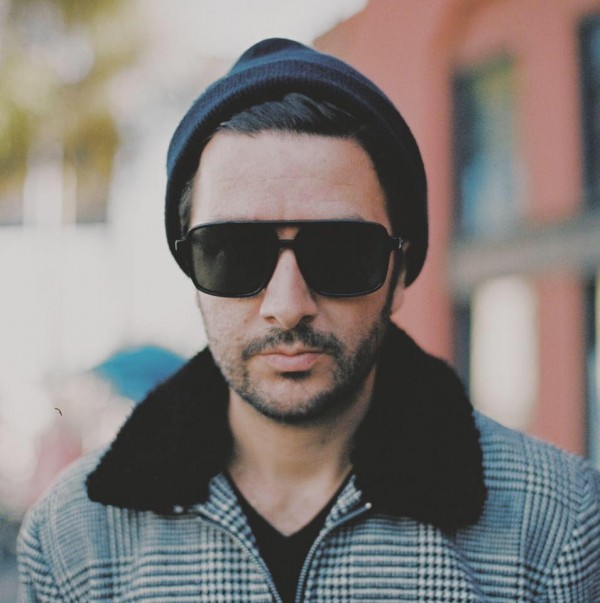
PHOTOGRAPHY Franck Bohbot CAMERA Leica SL with Vario-Elmarit-SL 24–90 f/2.8–4 ASPH. and Leica Q
There was magic in the air when the photographer met up with his model, fashion blogger and influencer Salomon DuBois Thiombiano (dubbed “one of the most stylish men in the world” by themanual.com) in Brooklyn’s Coney Island amusement zone: the pavilions were closed and the area almost deserted, while the setting sun bathed the entire scene in golden hues. In other words: a perfect set-up for a characteristically stunning series by fashion and advertising photographer Franck Bohbot. Both photographer and model were inspired by the unique atmosphere of their surroundings – culminating in a consciously spontaneous, purely improvised, and compellingly intimate series.
How did you and Salomon meet? Did you know each other before this project, or was this your first collaboration?
I didn’t know Salomon until I happened to see one of his Instagram posts and discovered his page. I just reached out to him and told him that I would be interested in photographing him. He got back to me the next day, and we immediately started to make plans.
Was there much planning involved?
Not in the shoot itself, which was entirely improvised, though Salomon brought along all of the outfits and accessories.
What prompted you to choose Coney Island? What mood and feelings do you associate with this location?
There was some real synchronicity with this location. I asked Salomon if he had any preferences, and he suggested Coney Island. As it happens, over the past few years I spent a lot of time there for my book ‘Last Stop Coney Island’. I just love shooting there. We tried to focus on creating a mood that was cinematic and poetic at the same time. Salomon works with many brands. In this series I really wanted to focus only on the person – not the model or the creative that he is, just him: I wanted to capture the place, the style and the light. When I photograph, I always think, ‘painting’ or ‘cinema’. In other words, every picture has to be akin to an artwork or a still frame from a movie.
Was Salomon easy to work with?
Salomon is a true professional, so the entire process was very smooth and natural. He is humble, stylish, very creative, and has a genuine passion for what he does. No shoot is ever entirely straightforward, but what particularly struck me was the incredible light when we first arrived. It was pure magic.
How important is light in your photography?
It’s everything… light, as well as colour, help me tell the story.
What camera system did you use for this series?
I shot this series with both the Leica SL with the 24-90 Elmarit, and the Leica Q; that’s a classic combo for me.
Which camera systems do you work with, and which do you like best?
There’s the Leica SL – my favourite camera – along with the Leica Q, the Leica M6, and a medium format film camera.
Can you tell us a bit more about your career so far? What are your favourite topics, and how long have you been working as a fashion photographer?
I have been a photographer for ten years now. I initially focused mostly on independent projects, whereby my topics spanned from architecture and environmental portraits to documentary and street photography. But all of my series are interconnected in some way, be it by a specific concept, colour, story or location. Then magazines began to publish my work, and I also sell my prints from my studio or though galleries. Nowadays I’m increasingly working on advertising and fashion projects. However, I don’t see myself as a fashion photographer, but rather as a visual artist with an individual style who might bring something different to the industry. I love to play with architecture and our natural surroundings in order to create something dreamy and colourful. I’m also shooting more and more videos. I like to approach my work like an art director: to plan a project from idea to completion, and involve talented people in order to tell a story.
Are there any photographers you particularly look up to?
I love William Eggleston, and many more.
How would you describe your visual style?
Poetic, dreamy, colourful, psychedelic, and sometimes graphic.
What is your take on the future of fashion photography?
I think fashion is the future of many things. Fashion is everywhere in our culture – we’re just not always aware of it. When I shoot a fashion series, it is my vision to create something that is authentic and veers between dream and reality. For photographers and filmmakers, fashion projects are a great chance to work with an accomplished team and be creative whilst aiding stylists and brands in marketing their products. It is crucial to think of your work as art and stay true to your vision. At the same time, you must push yourself beyond your comfort zone, whilst always respecting the designers you are working with, listening to your clients and liaising with your team.
What are you currently working on?
I’m about to finish shooting a fashion film in Los Angeles which I directed and produced – a tribute to leggings. I’m also developing some independent projects in California.